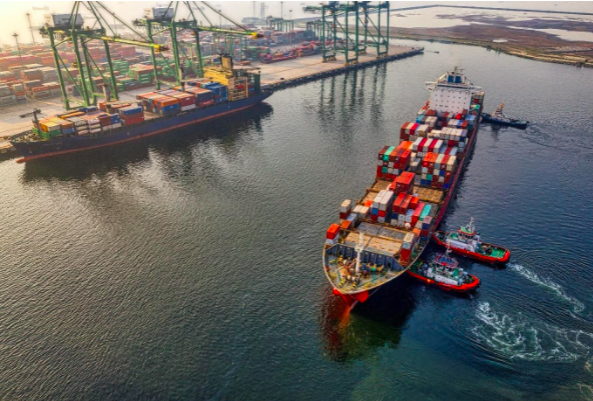Longing for travel adventures as borders open up

After 2 long years of travel restrictions and closed borders, pent up desires for adventure can finally be fulfilled. In 2020, 217 holiday destinations were impacted by the global pandemic, with 45% implementing total or partial border closures. In the latest report by the UN World Trade Organisation published last year in November, that number had decreased to 46 destinations. Today, most countries have reopened their doors to tourists.
Even during the pandemic, statistics showed that online searches for resorts and hotels were at an all-time high within the last decade. With less restrictions in place, renewed interests in turning holidays into a reality isn’t surprising. At Insightzclub we asked our panel of consumers what their thoughts were in our latest survey.
An indication of strong demand
89% of our respondents told us that they were planning a holiday within the next 3 months, with 56% saying they were going to a local holiday destination and 44% looking to travel internationally.
A longer holiday duration appealed to 44% who said they were going to spend 1 to 2 weeks on vacation. Perhaps because they had saved up annual leave, but the trend suggests that we want to stay longer to make up for missed holiday opportunities.
Consumer confidence in air-travel is also returning, with 56% of our respondents telling us that they choose to travel by airplane. This figure has doubled from our findings in a previous survey conducted last year that revealed only 27% were comfortable with flying.
Concerns and Considerations for Health & Safety
All of our respondents were either slightly concerned (22%) or very concerned (78%) about their health and safety while travelling. Although this doesn’t seem to deter or prevent holiday makers, instead they have to think about extra considerations and take precautions before booking their trips.
An increase in the time it takes to plan a holiday reveals these additional considerations, with 66% of our respondents saying that they needed at least 3 weeks up to 2 months to plan for their holiday.
Furthermore, 67% also agreed that travel insurance is “very important” for their holiday. This suggests that consumers are aware of the risks that come with travelling during a pandemic, but are still willing to do it.
Luxury and Comfort are sought after
There are many reasons for taking a holiday, but there has been a shift towards seeking luxury and comfort. A get-away that pampers consumers is becoming more desirable.
Our findings seemed to suggest the same with 56% of respondents saying that they were going to stay at 4* or 5* Hotels and only 33% said they were planning to stay at an AirBnB.
66% said they were prepared to spend a budget of between $2000 and $3000 for their holiday.
To learn more about consumer behaviour and trends reach out to us.


